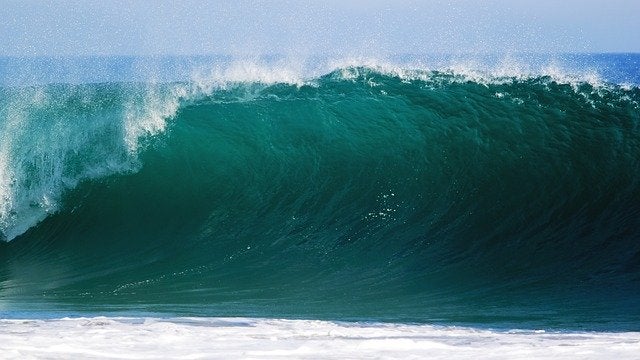
Wave energy developer Bombora has collaborated with the Offshore Renewable Energy (ORE) Catapult’s Marine Energy Engineering Centre of Excellence (MEECE) to develop co-located floating wave and wind technology.
The research project will focus on a techno-economic appraisal to extend the Bombora’s mWave technology into an offshore environment and explore the feasibility of co-location with floating wind structures.
The company’s patented membrane mWave wave energy converter is designed to quickly develop a floating wave platform solution.
Bombora managing director Sam Leighton said: “We believe Bombora’s mWave technology offers an innovative solution that can meet the demands of the rapidly expanding offshore energy industry and reduce the levelised cost of energy.
“Increasing the cost effectiveness of projects by sharing the expense of joint infrastructure, such as the floating platform, moorings and export grid connection to shore will inevitably drive down costs.
“Our research project with ORE Catapult is an important development stage to prove this potentially market disruptive solution.”
The mWave increases the capacity of the technology
Bombora is working on a 1.5MW mWave Pembrokeshire demonstration project, which is supported by £10.3m ($12.6m) European Regional Development Fund through the Welsh Government and project is said to be on schedule.
ORE Catapult believes that taking mWave project further offshore is expected to increase the capacity of the technology and open new markets as well as opportunities for large scale utility generation.
Recently, it has opened its Marine Energy Engineering Centre of Excellence (MEECE) in Pembroke Dock, South West Wales, which is aimed at speeding up the growth of the UK supply chain in the offshore renewable energy sector.
Earlier this year, GE Renewable Energy and ORE Catapult announced supporting the development of EchoBolt technology which aims to reduce manual work at offshore wind farms.



